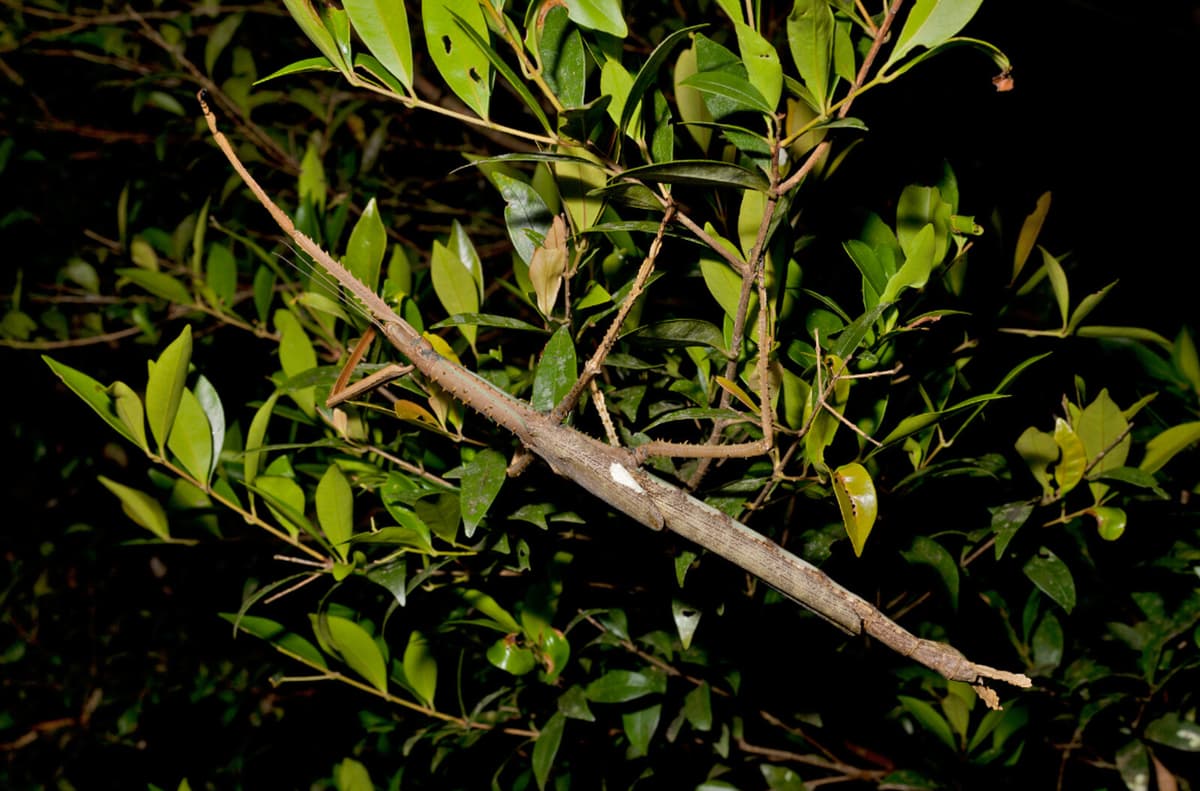Researcher Angus Emmott was involved in identifying the new species, which has been named Acrophylla alta. The most notable thing about it is its weight, around 44 grams, which is roughly the same as a golf ball.
"There are longer walking sticks in the area, but they are quite light in body," says Emmott in a press release from the university.
40 centimeters long
The species is about 40 cm long, and its eggs played an important role in species identification because the appearance of the eggs is unique to each species. Researchers believe that the giant insect may have previously avoided detection because it lives in inaccessible environments – high up in the treetops in a small area of rainforest at high altitude in the Atherton Tablelands, in northern Queensland.
"If you're not lucky and a cyclone or bird happens to bring one down to the ground, then very few people get to see them," says Emmott.
Large to withstand the cold
According to him, the environment may have made the walking stick so large.
"It's a cold and humid climate where it lives. The large body mass probably helps the insect to withstand the cold, and that's why it has evolved to become this large over millions of years."
Two specimens of the species have now been taken to the Queensland Museum, where they will be used by other researchers in species identification – something that in turn can contribute to the preservation of the ecosystem.
"To be able to preserve an ecosystem, we need to know what's there and how it works, before we can decide how to best protect it," says Emmott.





